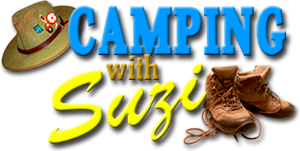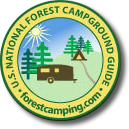Treat your feet well and they’ll take you far!
My dad was in the Army. My childhood seemed to be divide by the wonder of him being home and waiting for him to return. I was my dad’s “Princess” and he always had time for me, helping to do this, explaining how that worked, and answering my unending string of “Why” questions. There were many things my dad taught me and this is one thing I would like to share with you here. Dad was in WWII and every one of his war stories would conclude with a lecture on foot care. As an adult, and a fan of walking, those lessons have been invaluable.
- Lesson 1 – Vigilance: Check you feet and shoes often. Pain should be immediately investigated.
- Lesson 2 – Cleanliness: Keeping your feet and socks clean and nails trimmed is critical. Such attention will reduce to chance of problems greatly. (I’ve been known to treat my “barking dogs” to a massage with a hand-sanitizer at the end of a long walk just to say thanks.)
- Lesson 3 – Invest in quality: Quality doesn’t mean big bucks. However, when you calculate the cost of your shoes and sock divide their cost by the number of miles you walk and multiple that result by the number of problems (footware /miles X problems = actually cost of investment). Based on this formula, the actually cost to date ($185/50 mile X 0) of my boots in the photo below is $3.70 per mile while the actually cost my last pair of boots ($125/50 X 8) was $20 per mile.
- Lesson 3 – Swelling: You don’t have to be an old broad like me to experience swelling in your feet, ankles, and/or calves. (If the swelling is serious, painful, or constant, see your doctor immediately!) Take advice offered by my dad and the editors at Backpacker magazine and buy shoes half a size bigger than you normally wear and use two pairs of socks. The first pair should be thin and made of a good “wicking”fabric (and washed nightly). Over that wear a thicker sock that will pad and cushion each step. Other tricks are: an over-the-counter anti-inflammatory, soaks in cold streams, and sleep with a pillow under our feet to help with swelling.
- Lesson 4 – Lacing: As I’ve got older, my feet changed shape. I always had very high arch but other problems developed. I learned how modifying lacing my boots would reduce my discomfort. So instead of only a cris-cross lacing pattern, I use one of the techniques illustrated at Hit The Trail website.
- Lesson 5 – Blisters: Wish I could say I’ve never gotten one but. . . Some recommend draining blisters with sterile needle. I don’t. I’ll use medical tape or, if none is available, duct tape and a gauze pad to cover and protect the blister and let nature work her magic. If the blister opens, treat as an open wound. If you feel a blister starting, look for the source and try to eliminate. Rubbing your feet with Vaseline can be effective but feels funky and you feet don’t sweat properly. :
- Lesson 6 – Remember, you can go only as far as your feet will take you, so treat them well.


